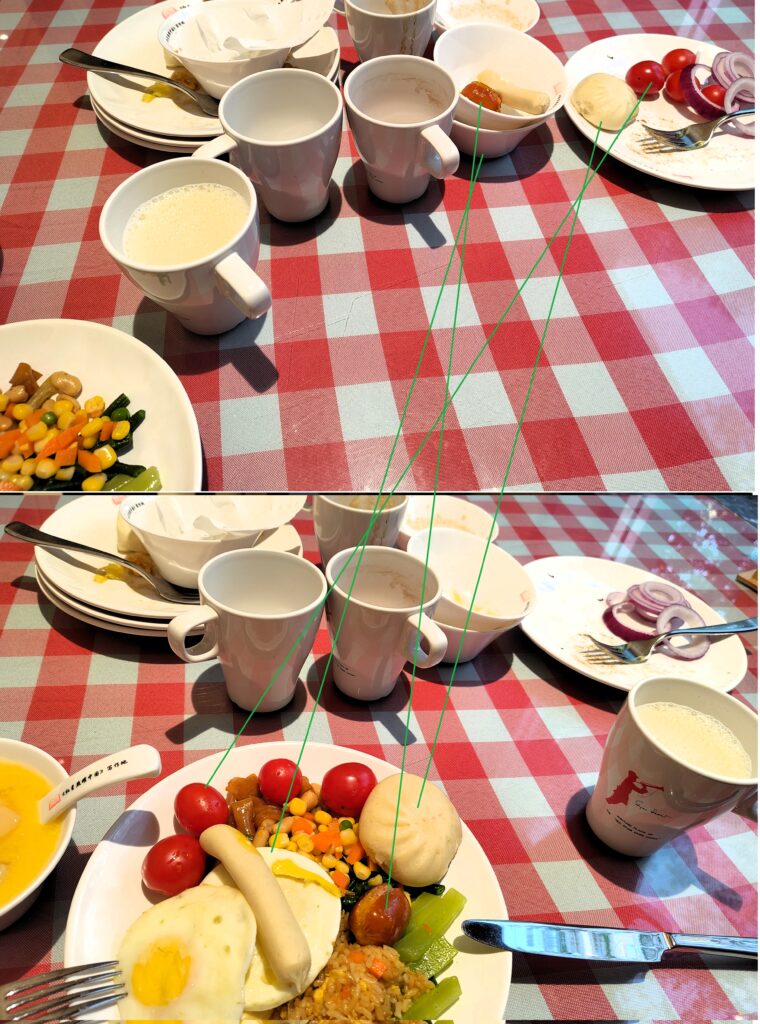
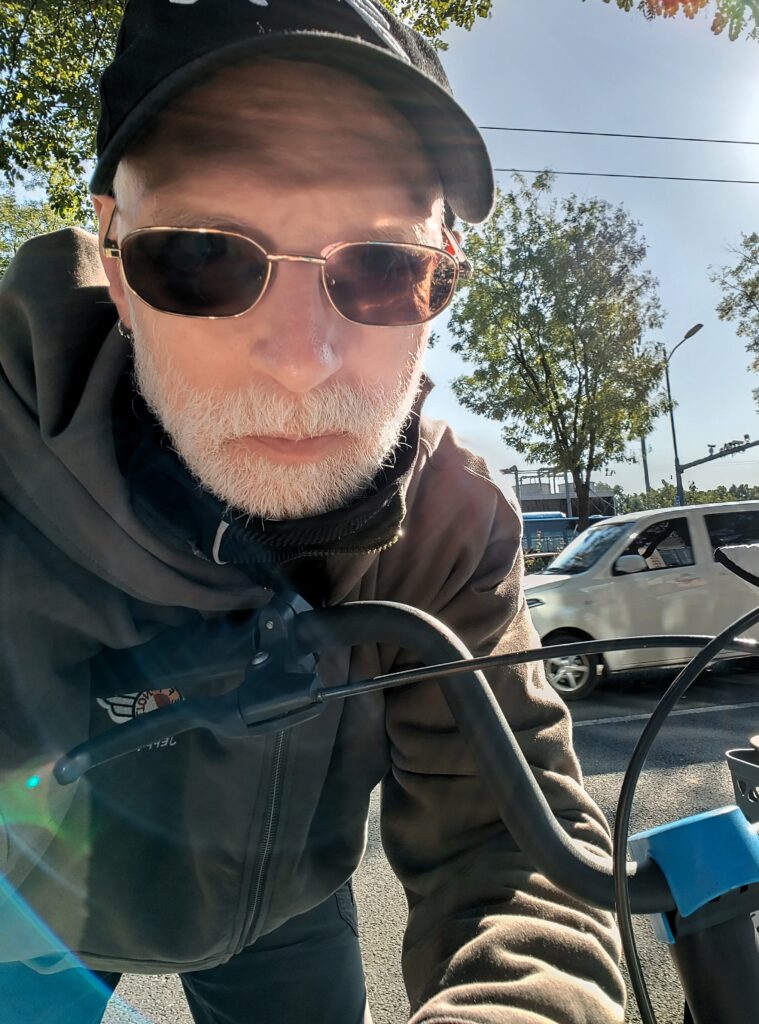
Today marks the start of my 50-hour (addendum from the 22nd: no, only 38.5 hours!) train journey, so I can’t continue uploading until I’m back in Urumqi (October 22nd).
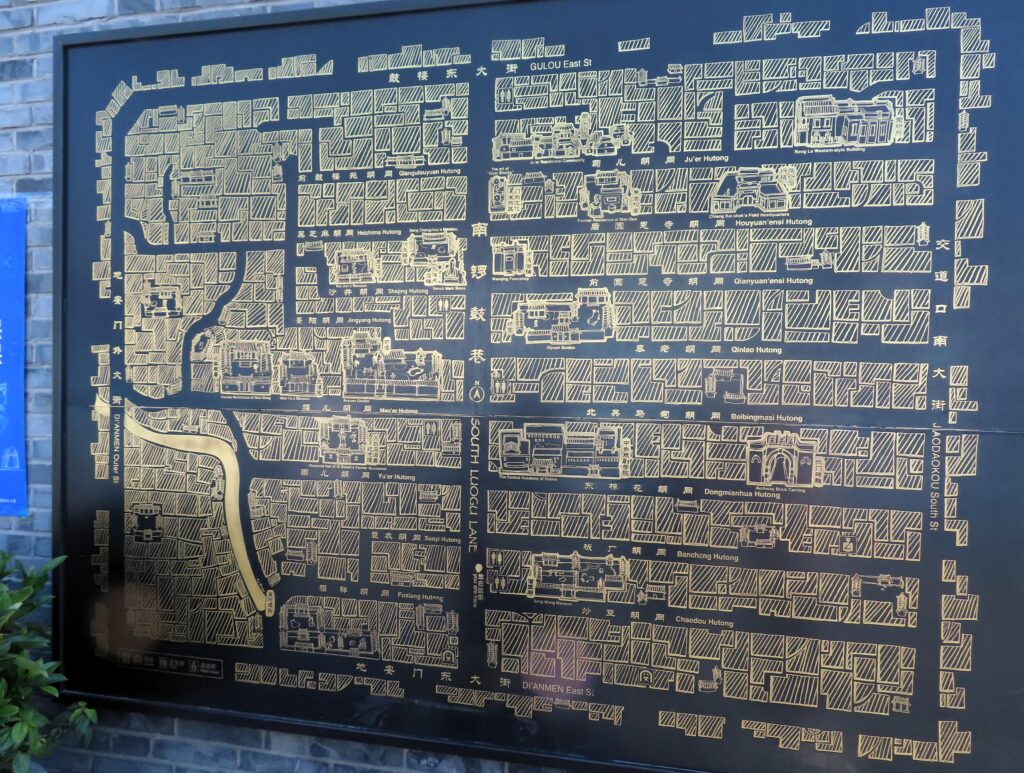
(Han told me and maybe I recalled correctly!)
At 10:00 a.m., Han started her free guided tour for Charlotte (Germany) and me, with Peter accompanying the group. The topic was authentic Beijing snacks and their history.
GuruWalk: Immersive street food tour: the most authentic snacks in Beijing
As for space, Beijing’s snacks are not only rooted in this city, but gather diverse characters from other regions of China — that’s Beijing’s charm, the heart and capital of China. As for time, every snack we try is kind of a time capsule, carring distinctive memory from different periods and people(class).
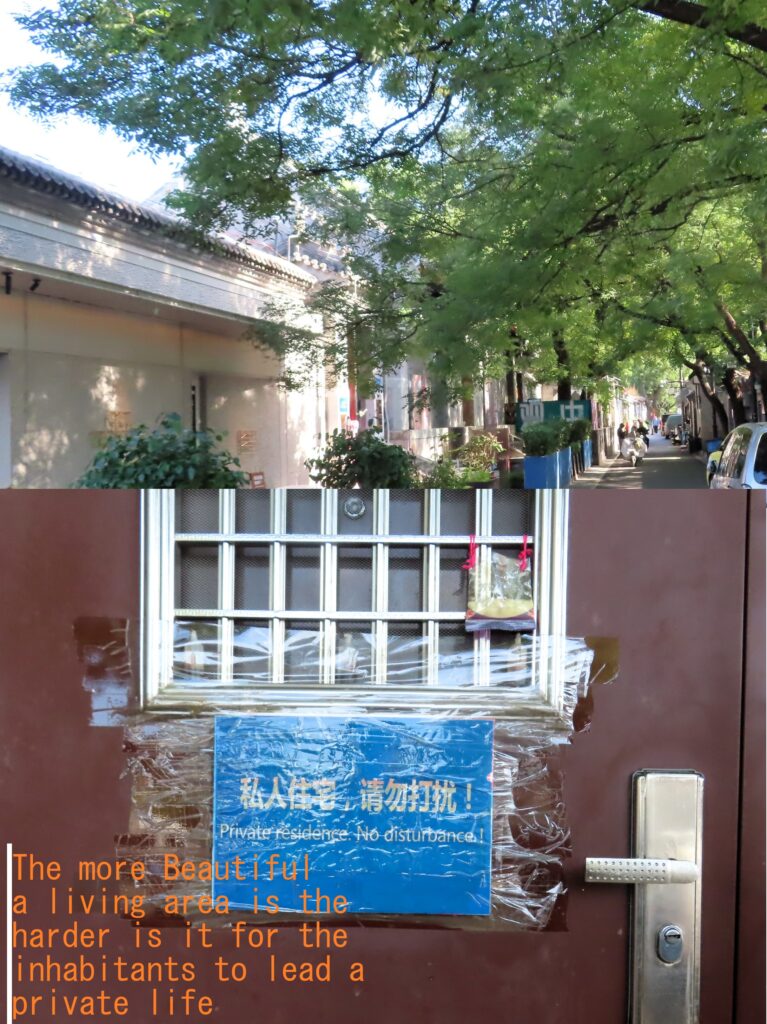
I asked Han for a summary of the tour and have copied her text in italics to accompany my (unchanged) passages. The differences are mainly due to memory! Guru walk is the organisation where you can book such tours.
We started with a pancake with an extra crispy layer, but I couldn’t join in, as I was still full from breakfast, partly because I had eaten the leftovers of the people who had been sitting there earlier.
1. Lizi jianbing (Chinese pancake with deep fried pastry inside)[for ordinary people]
A super-convenient northern-style snack whose history can be traced back 1,800 years. And legend says it’s created by Zhuge Liang.
We went to a tea shop that had come from the south a generation earlier and invented macha ice cream to introduce young people to tea drinking. Luckily, we were able to eat the ice cream in the warm shop; it was even colder outside than yesterday (9°C, which, after weeks of temperatures well over 30°C, was way too cold for me, at least for eating ice cream). I also bought some jasmine tea candies, which were low in sugar but full of flavor.
2. Wuyutai tea shop (jasmine tea/matcha flavored ice cream)
The name “Wuyutai” comes from the founder himself — Mr. Wu Yutai — who was originally from Anhui province. Back in the day, merchants from Anhui were known to be really good at doing business.
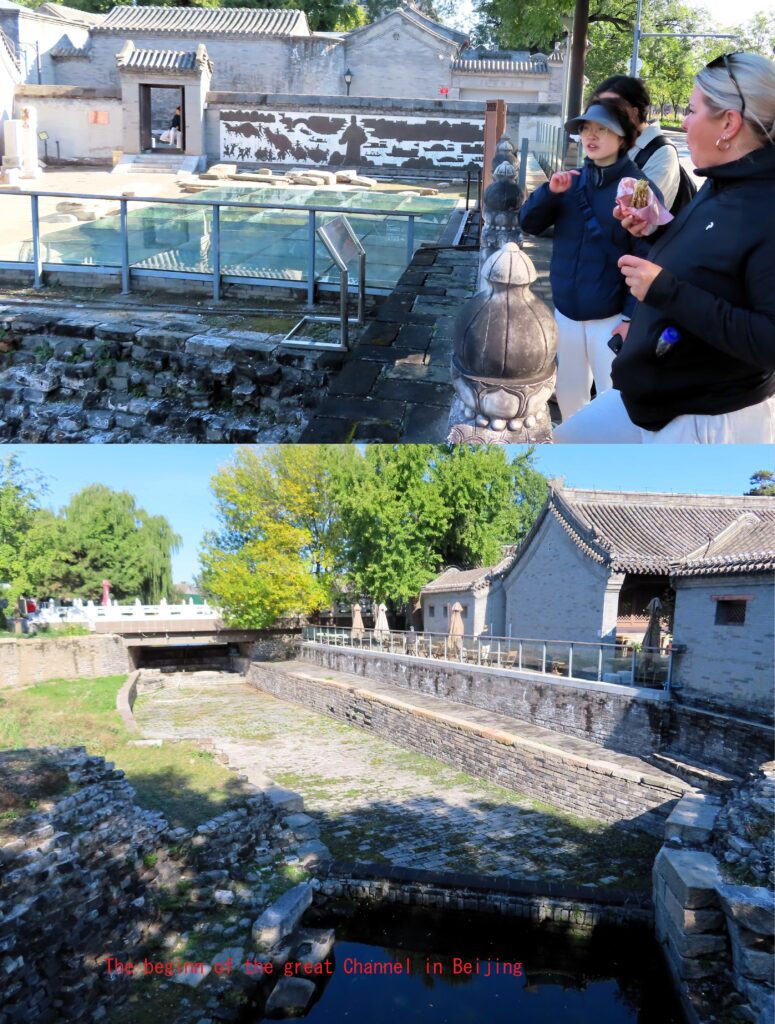
Not to be eaten but influencing everything in China, including snacks:
3.Yuhe (Jade river), part of Grand canal
the ancient “highway” that carried food and goods from the south to Beijing
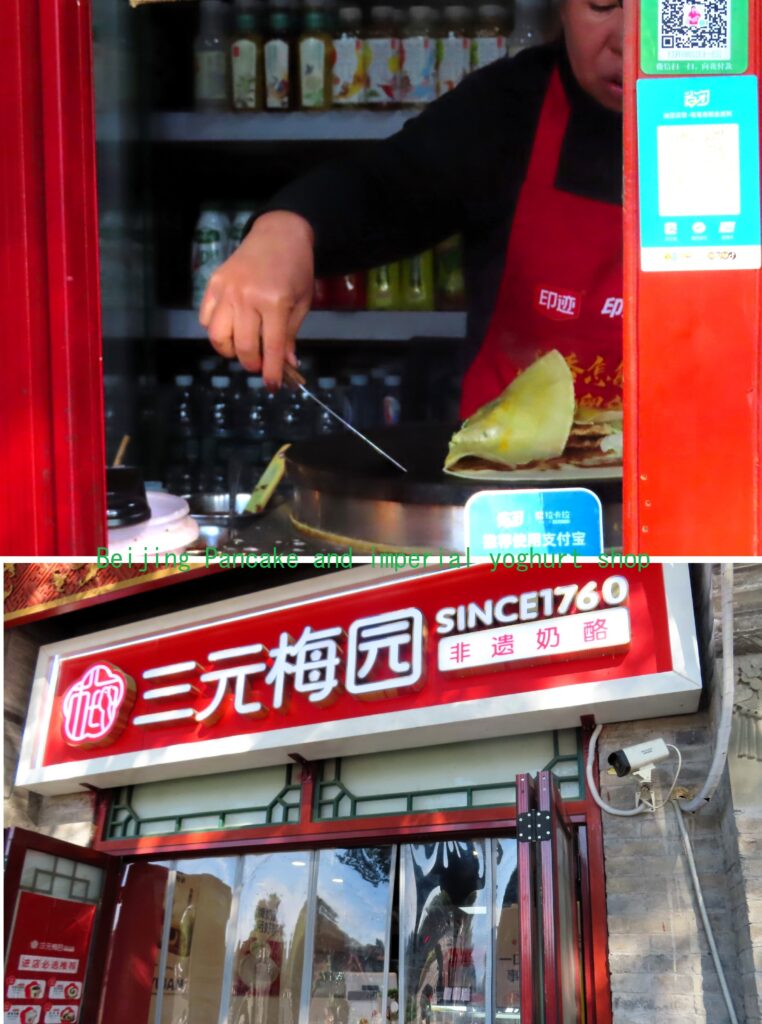
Not far from there was the imperial yogurt shop, which now also sells to ordinary people, including tourists, if luck (or Han!) had led him there.
4. Imperial- style yogurt [only for royal family]
Served only in the Forbidden City, dating back to 1760, this yogurt follows the original recipe -> one of the intangible cultural heritage in Beijing
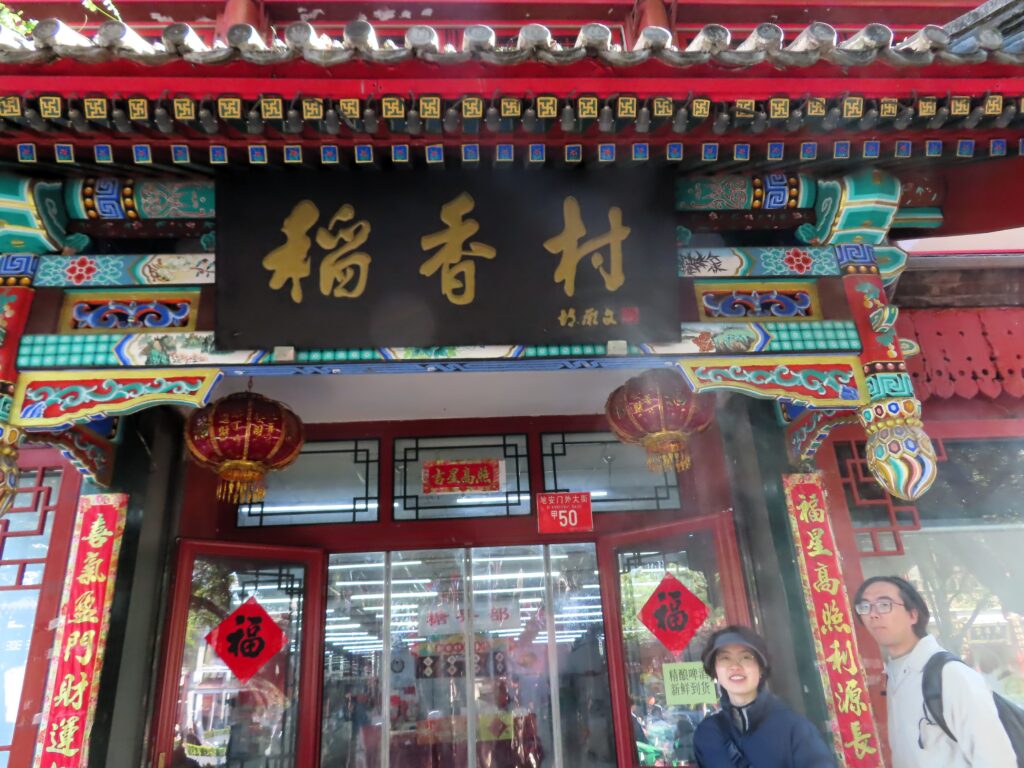
We stopped at a pastry shop where I didn’t try anything, but I did add Jujube and Guokui to my travel provisions (and of course I ate it before I even thought about taking a photo)
5.Daoxiangcun [mostly for nobles, but later enjoyed by all]
a famous pastry brand that originally came from Suzhou, because of emperor Qianlong ‘s love, it became Beijing’s identity. “Jujube Flower Cake”: usually means good fortune, people love it especially in important occasions and festival or as gifts. “Hawthorn Guokui”: children love it most, as a symbol of sour&sweet & nostalgia.
Ox Tongue Pastry- southern flavor.
I wanted to add tanghulu to our snack repertoire, and luckily we were able to get three on a stick instead of six.
6.Shichaha[enjoyed by royal family, later open to public]
we tasted tanghulu (candies hawthorn sticks), which is good for digestion.
A fun story: some say emperors used to sneak out here in disguise to taste tanghulu !
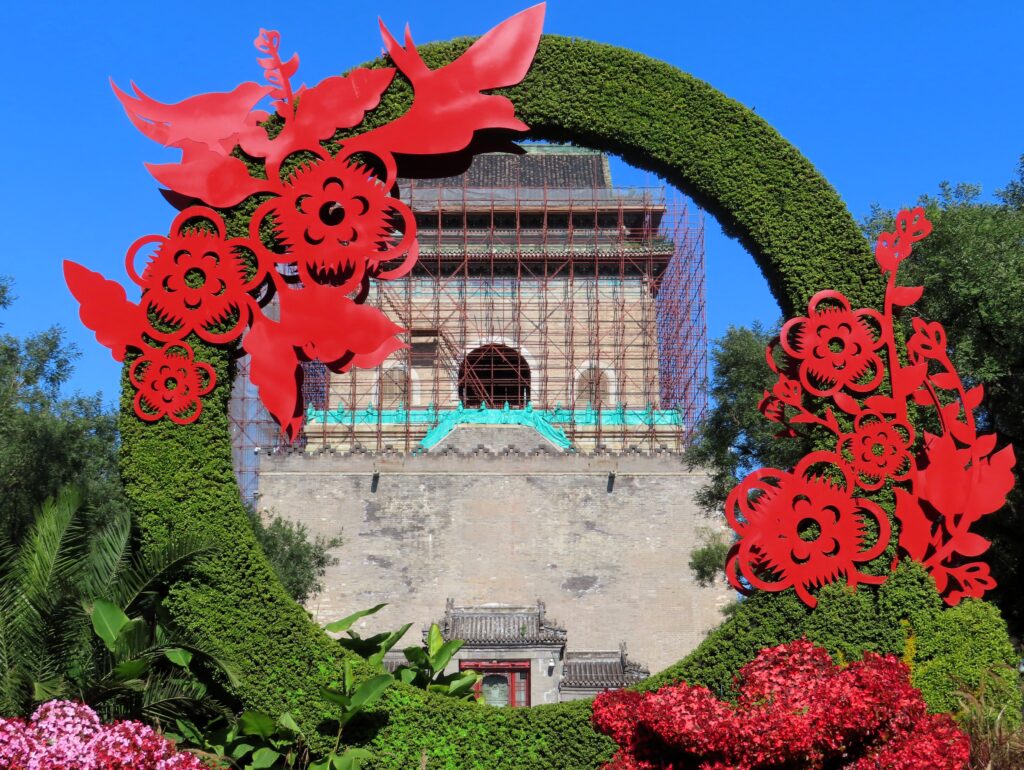
7.the “old clocks” of Beijing: the Bell and Drum Towers
Drum Tower (1272)&The Bell Tower (1420) ; they served as the official timekeeping center of the capital for more than 500 years.
How it works? Moring bell, evening drum.
Meaning: daily life, cosmic order, and imperial power all struck the same rhythm
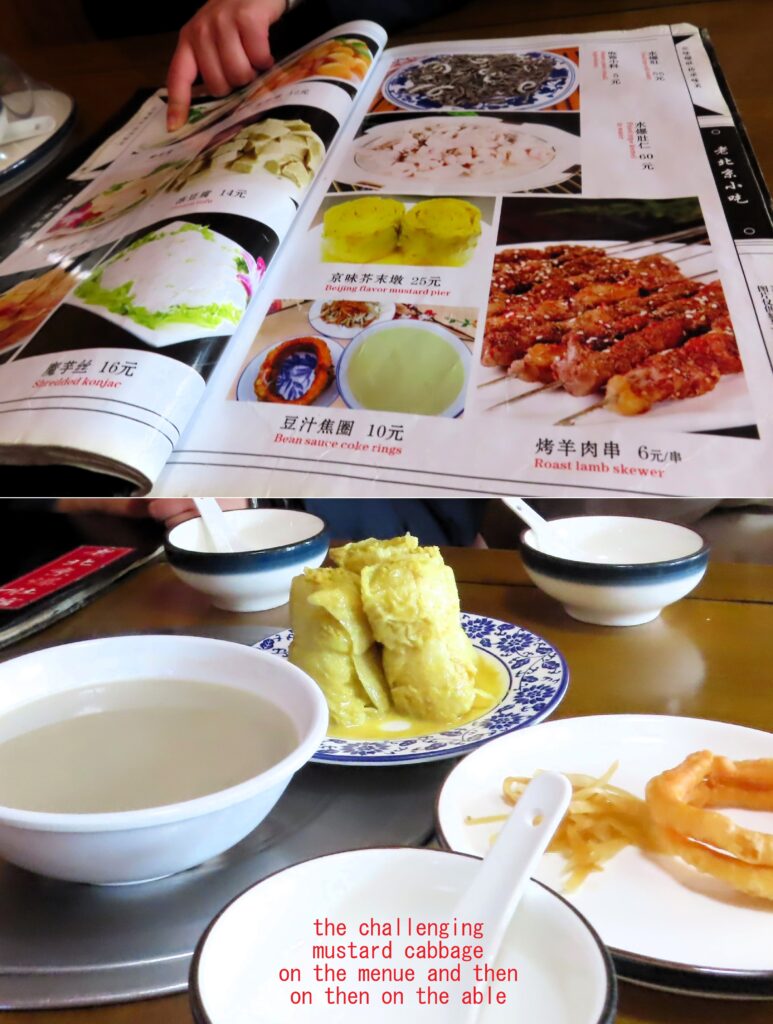
The last stop was a restaurant where we had a soup made from the water left over after making tofu. Let’s just say, “not bad.” At least it helped wash down the mustard greens, which brought a few tears to our faces due to the sharpness that rose from our noses to our eyes, but also the special taste made us cry and laugh at the same time. HP did their best to help us finish it, and the owner gave us a kind of sweet fried cake that won me over so much that I bought a portion of that for my provisions as well.
8. Douzhi: The most “controversial” snack [for Normal People]
The only snack you can only try in Beijing.
Origin: A byproduct of tofu production, a zero-waste strategy of poor families. Made from fermented mung beans, with a sour taste and high protein content
Also:
mustard cabbage root (prevents colds in winter)
and sugar fruit rolls: a classic Peking snack made from Chinese yam, dried fruit, and nuts, with auspicious meaning and completely without flour.
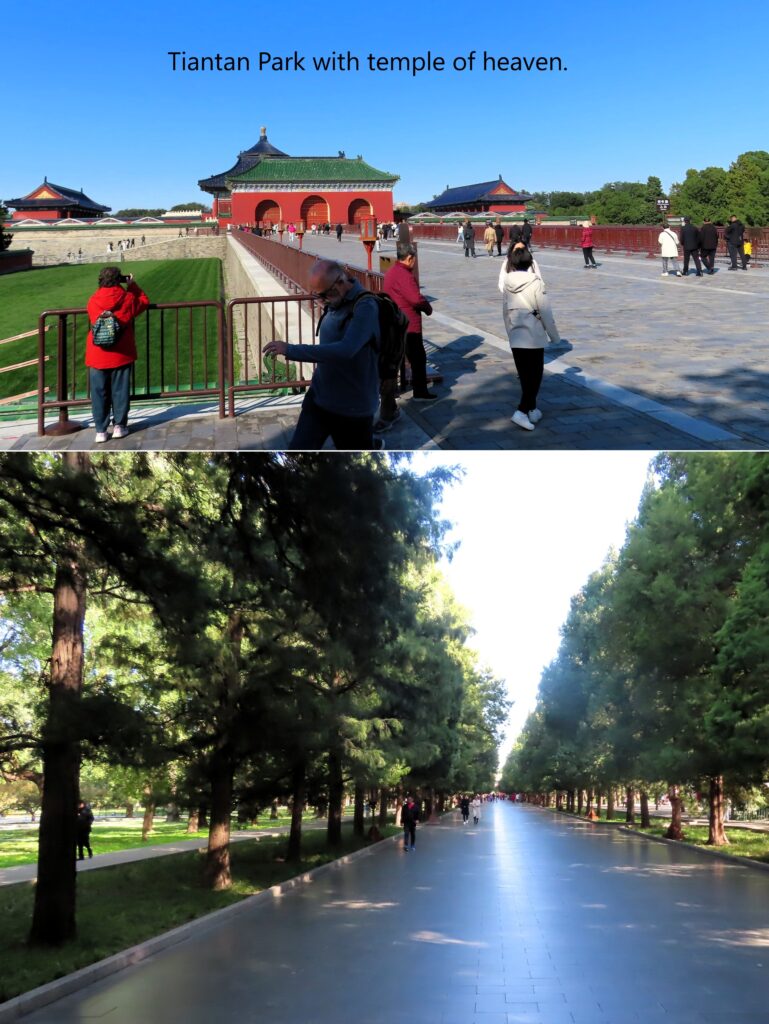
Han had a lecture at her university, so it was suddenly time to say goodbye at the train station. Peter accompanied me to the hotel to pick up my luggage and then to the West Station. Before that, we took a walk through Tiantan Park with the Temple of Heaven. Then I had to say goodbye to the last friend I’d met on this trip. (I might see Ben again in Ürümqi, but that’s rather unlikely.)
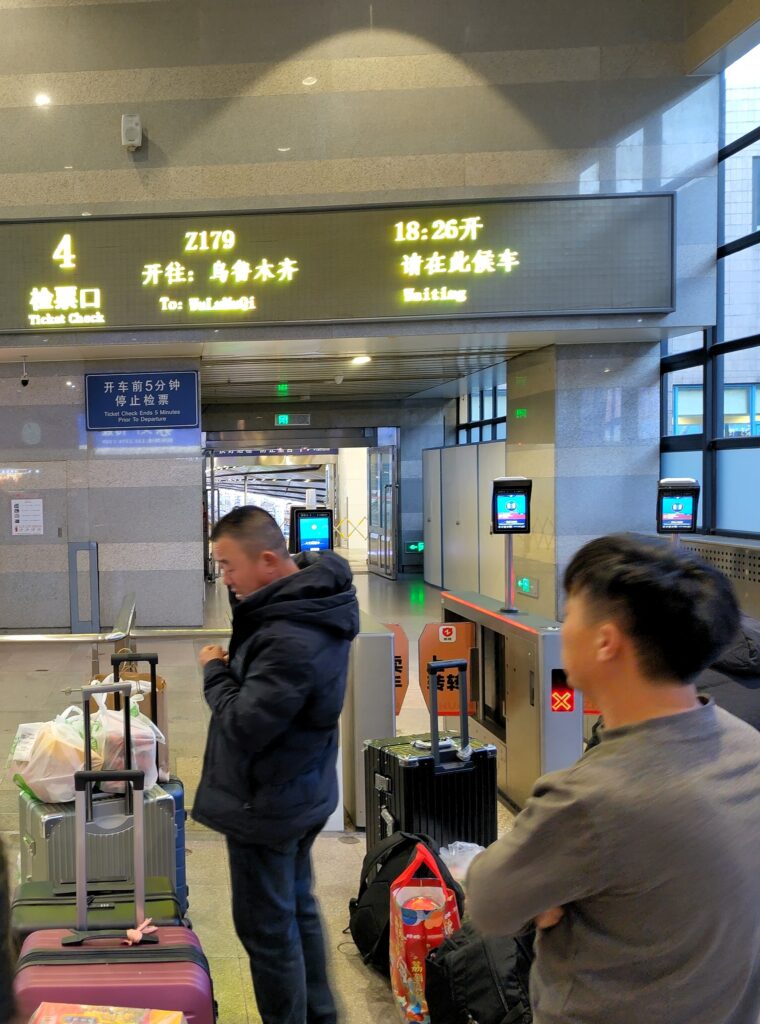
Two men, one in his forties and his father, shared the apartment with me (another man joined us later, but I didn’t realize that until he left Xi’an in the morning (it was about 12 hours from Beijing to there, by the way).
The father then offered me a large red apple that he had previously polished. It smelled good, but tasted bad, and was so mealy that it was almost impossible to eat without pieces falling out. Of course, I did my best to enjoy it. He wanted to peel his own apple but didn’t have any tools, so I offered him my plastic knife, which I’d had since Chengdu. He was happy with it, but in the end, he wanted to throw it away, peel and all. I tried to explain to him that I wanted it back, and he showed me that it was broken. But in the end, I took it anyway because at least one part still worked.
I have two days of train travel to, and one day in Ürümqi, one day on the bus to Almaty ahead of me, and another two days of travel to Bukhara, where I plan to stay for two nights to recover before the Turkmenistan tour begins.
before the Turkmenistan tour begins.